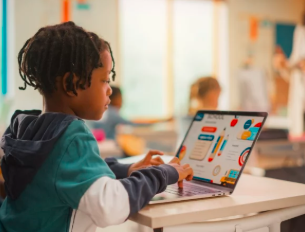One of the most effective ways to keep students engaged in the classroom is to connect learning with real-world challenges. When learners see the relevance of a topic to their own lives or to issues they care about, they become more curious, motivated, and invested in their learning journey.
Why Real-World Context Matters
Real-world problems create a sense of purpose. Instead of memorizing facts or following rigid instructions, students become active participants in solving meaningful issues. Whether it’s analyzing pollution in their community, proposing solutions to food waste, or exploring economic inequality, these topics encourage critical thinking and deeper learning.
Making Learning Authentic
Authenticity is key. Lessons that include case studies, interviews with professionals, or news stories help students understand how academic content applies beyond the classroom. For instance, a science lesson on renewable energy becomes more compelling when tied to a local sustainability initiative.
Promoting Collaboration and Communication
Tackling real-world challenges often requires teamwork. Students must learn to listen to different perspectives, communicate their ideas clearly, and work together toward a common goal. This not only builds academic skills but also prepares them for real-life collaboration in future careers.
Fostering Lifelong Learning
When students regularly engage with real-world problems, they begin to see learning as an ongoing process. They learn to ask questions, seek out information, and apply their knowledge to new situations. This fosters independence, resilience, and a deeper connection to the subject matter.
Conclusion
Using real-world problems in education transforms learning from a passive activity into an active, engaging experience. It inspires curiosity, strengthens skills, and helps students make meaningful connections between the classroom and the world around them.














